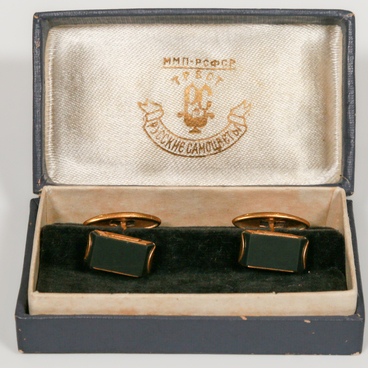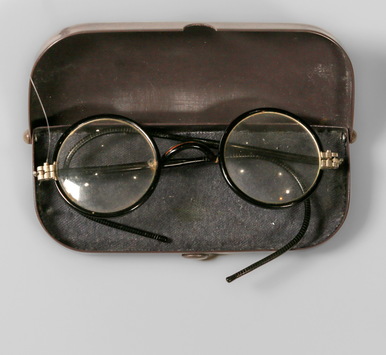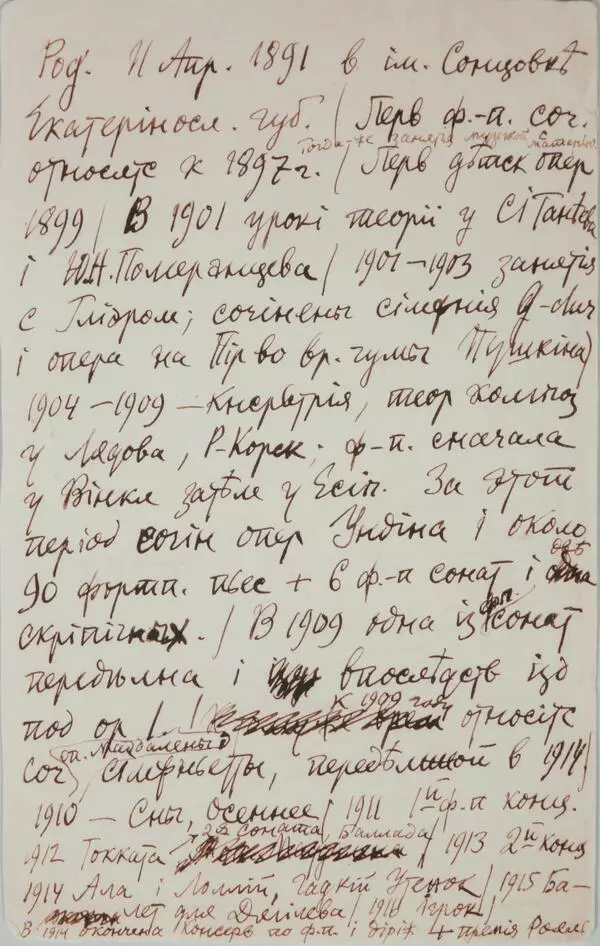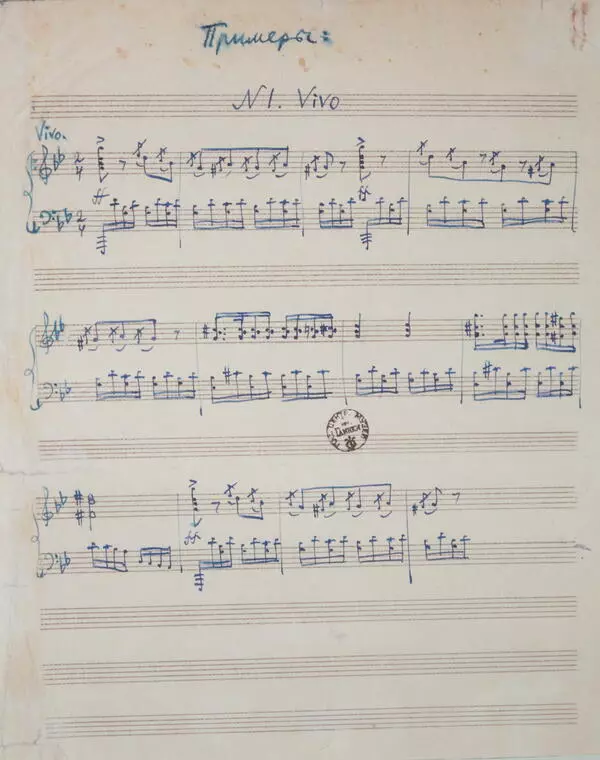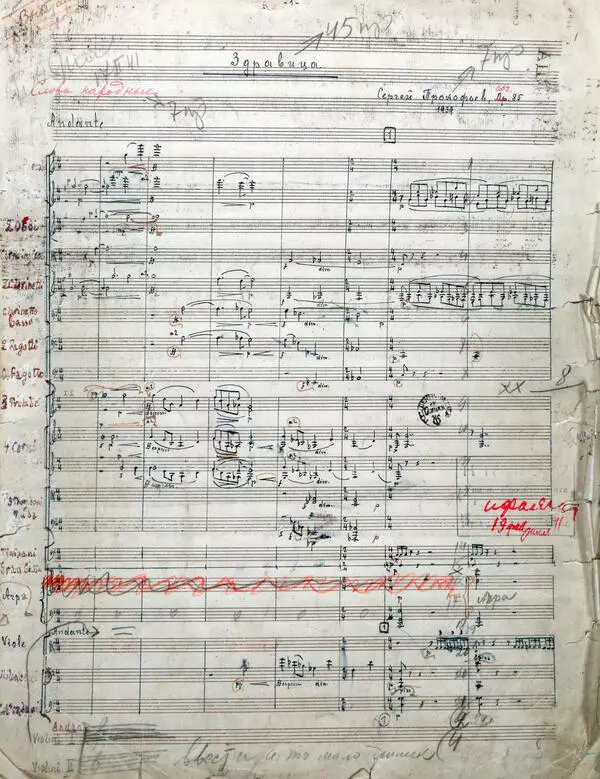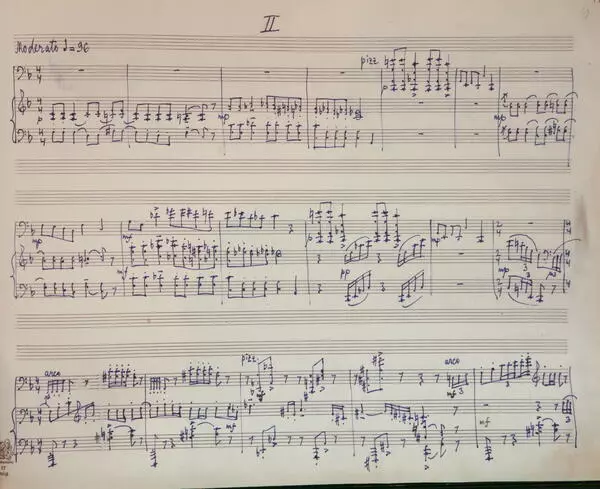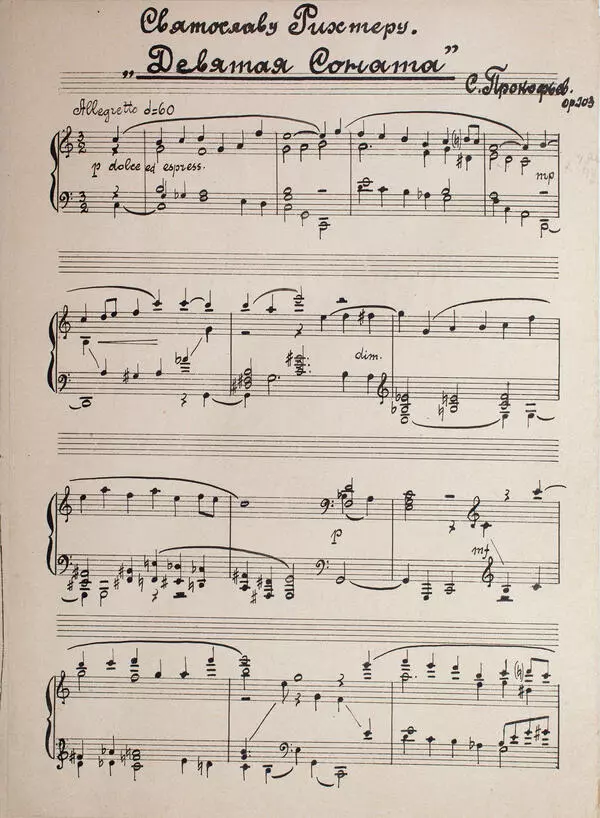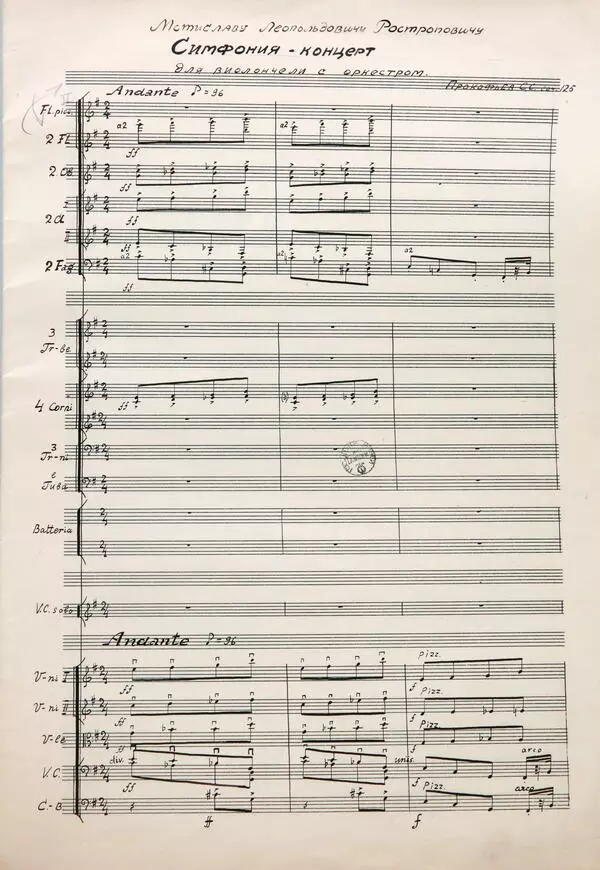Sergei Prokofiev wrote Violin Concerto No. 2 at the same time as his most famous work, the ballet “Romeo and Juliet”. He jokingly commented, “I can’t wait to get it over with both Juliet and the concerto.” The concerto was requested by the violinist Robert Soetens who was granted the sole right to perform the composition for one year.
Prokofiev recalled the story behind this composition in his autobiography, “As I had been intending to write something for the violin at that time and had accumulated some material, I readily agreed to the proposal. As in the case of the preceding concertos, I began by searching for an original title for the piece, such as ‘Concert Sonata for Violin and Orchestra’, but finally returned to the simplest solution: ‘Concerto No. 2’. Nevertheless, I wanted it to be altogether different from No. 1 both in music and style.”
Prokofiev brought the draft versions of the concerto’s sheet music everywhere he went. As a result, the concerto was partly written in Paris, Polenovo, Voronezh, and Baku. The geography of its performance was even more diverse. The concerto premiered in Madrid in 1935. Later, Prokofiev and Soetens performed it in Portugal, Morocco, Algeria, and Tunisia.
Prokofiev recalled the story behind this composition in his autobiography, “As I had been intending to write something for the violin at that time and had accumulated some material, I readily agreed to the proposal. As in the case of the preceding concertos, I began by searching for an original title for the piece, such as ‘Concert Sonata for Violin and Orchestra’, but finally returned to the simplest solution: ‘Concerto No. 2’. Nevertheless, I wanted it to be altogether different from No. 1 both in music and style.”
Prokofiev brought the draft versions of the concerto’s sheet music everywhere he went. As a result, the concerto was partly written in Paris, Polenovo, Voronezh, and Baku. The geography of its performance was even more diverse. The concerto premiered in Madrid in 1935. Later, Prokofiev and Soetens performed it in Portugal, Morocco, Algeria, and Tunisia.


